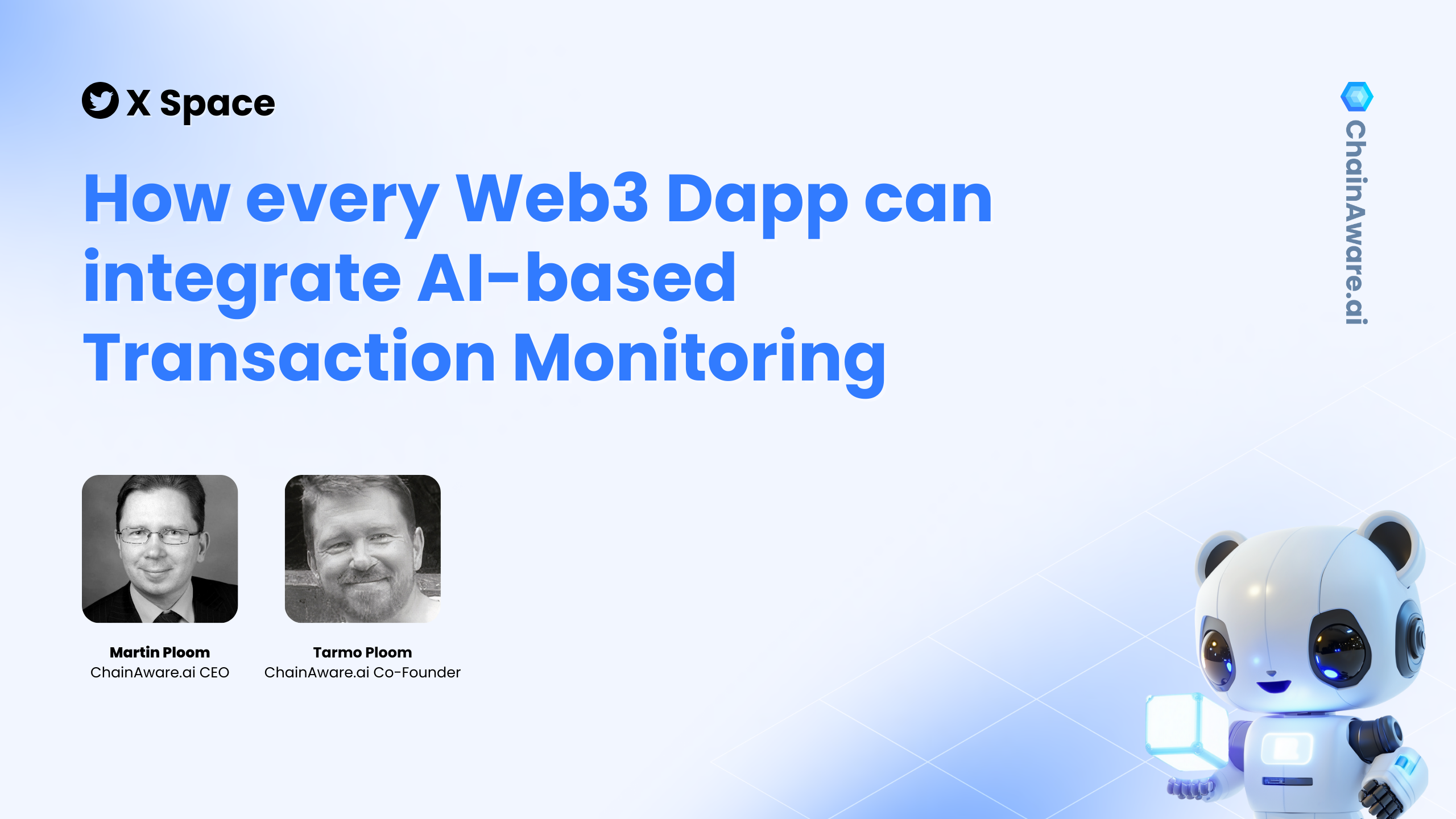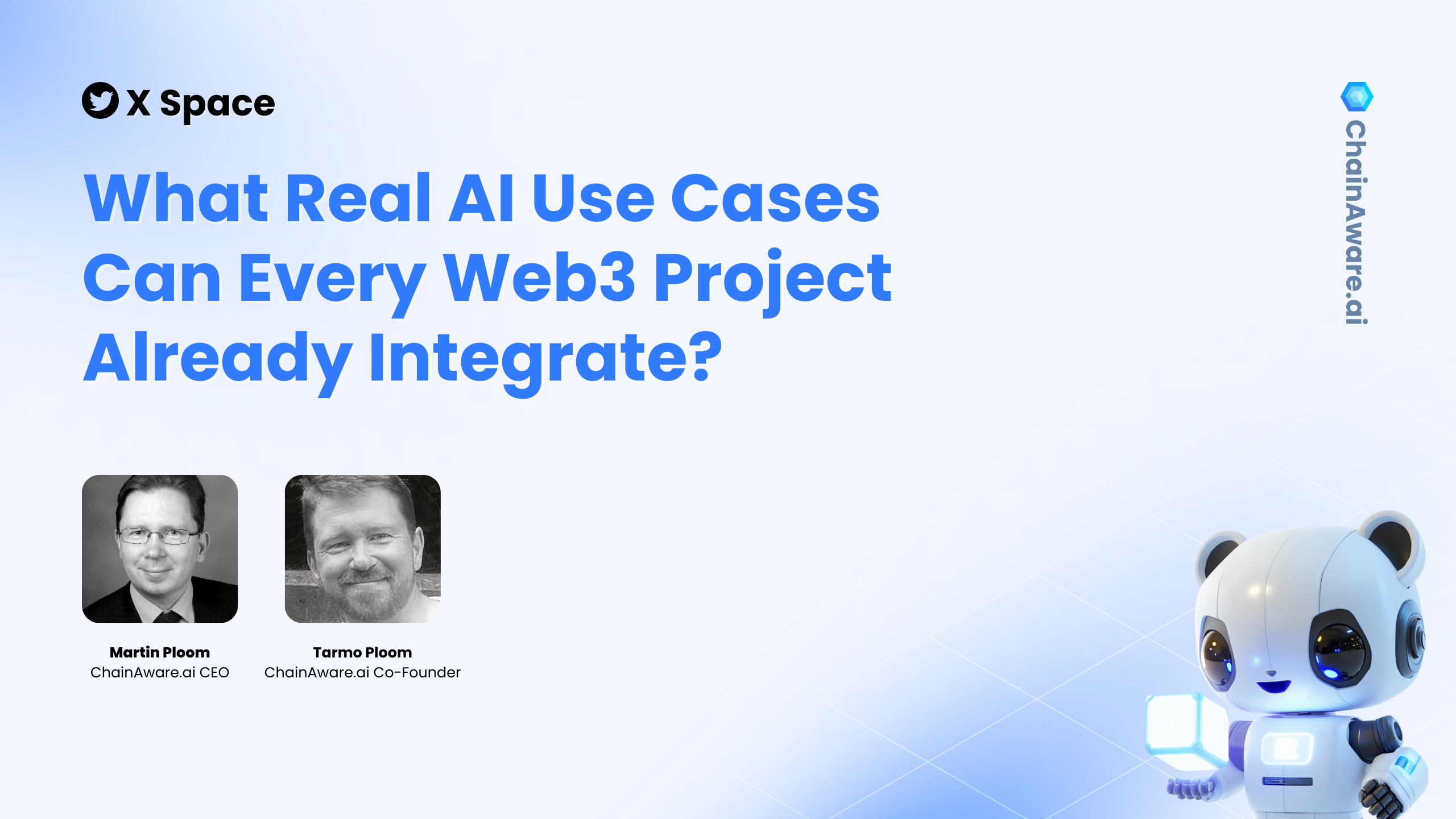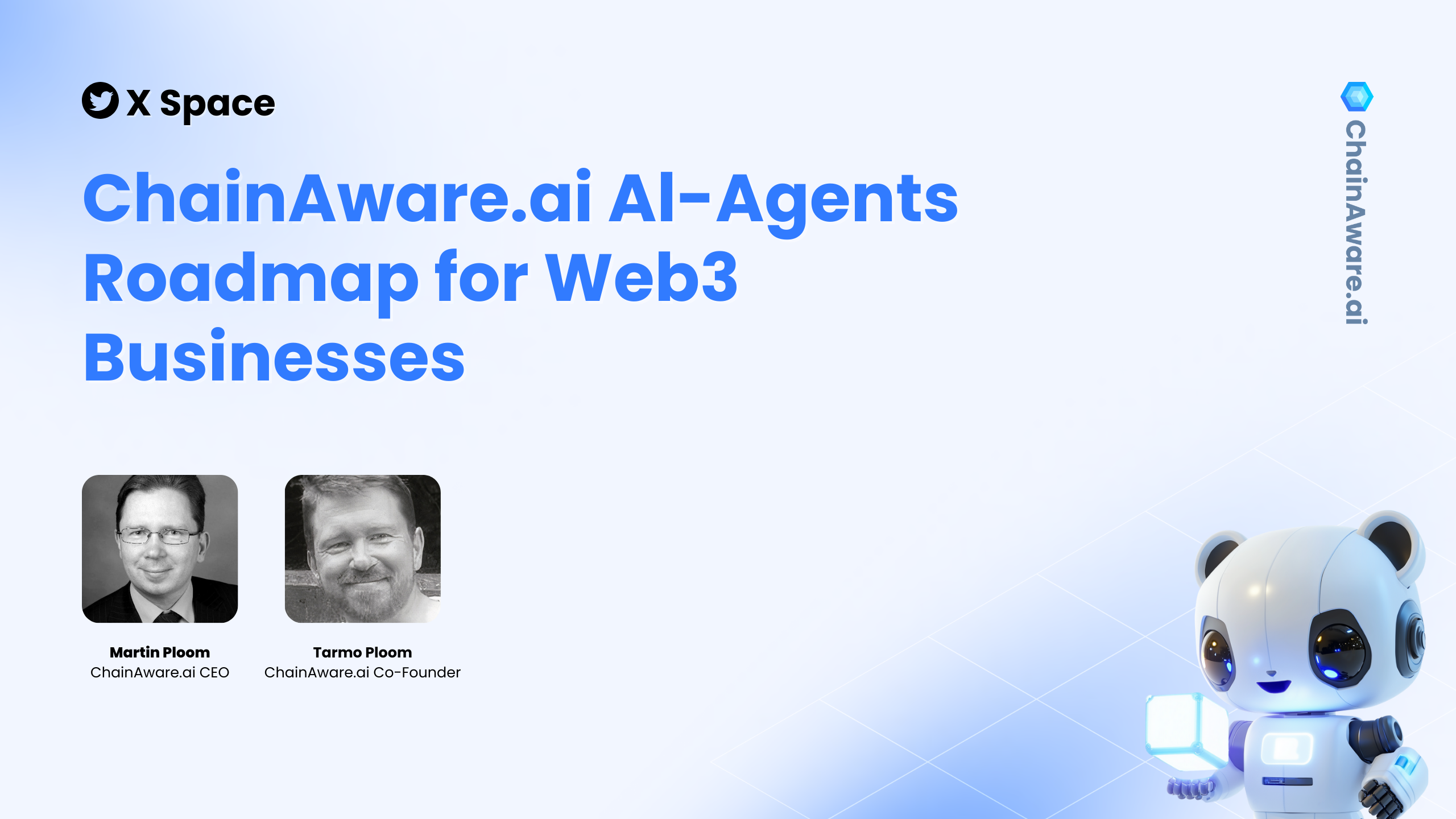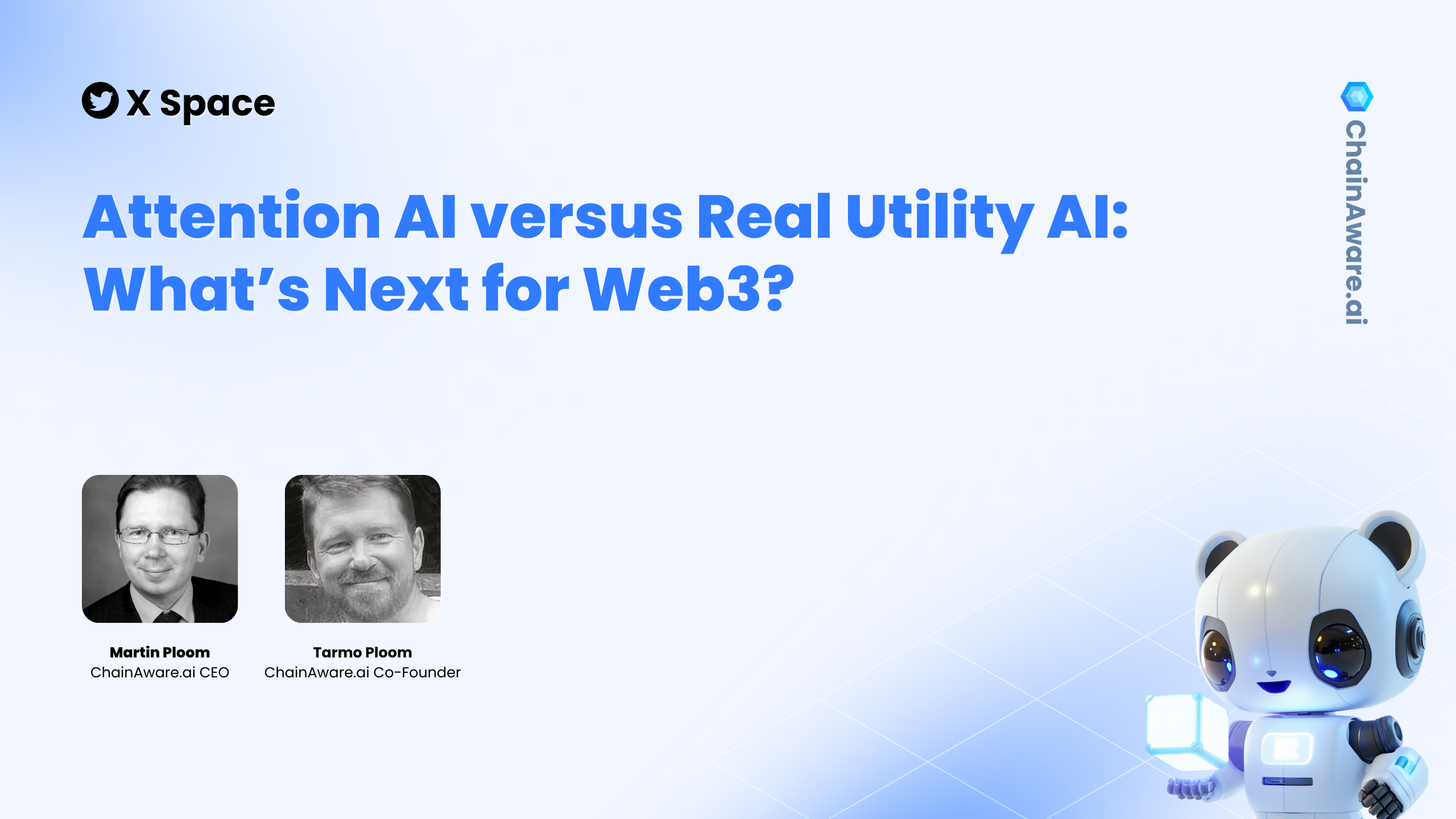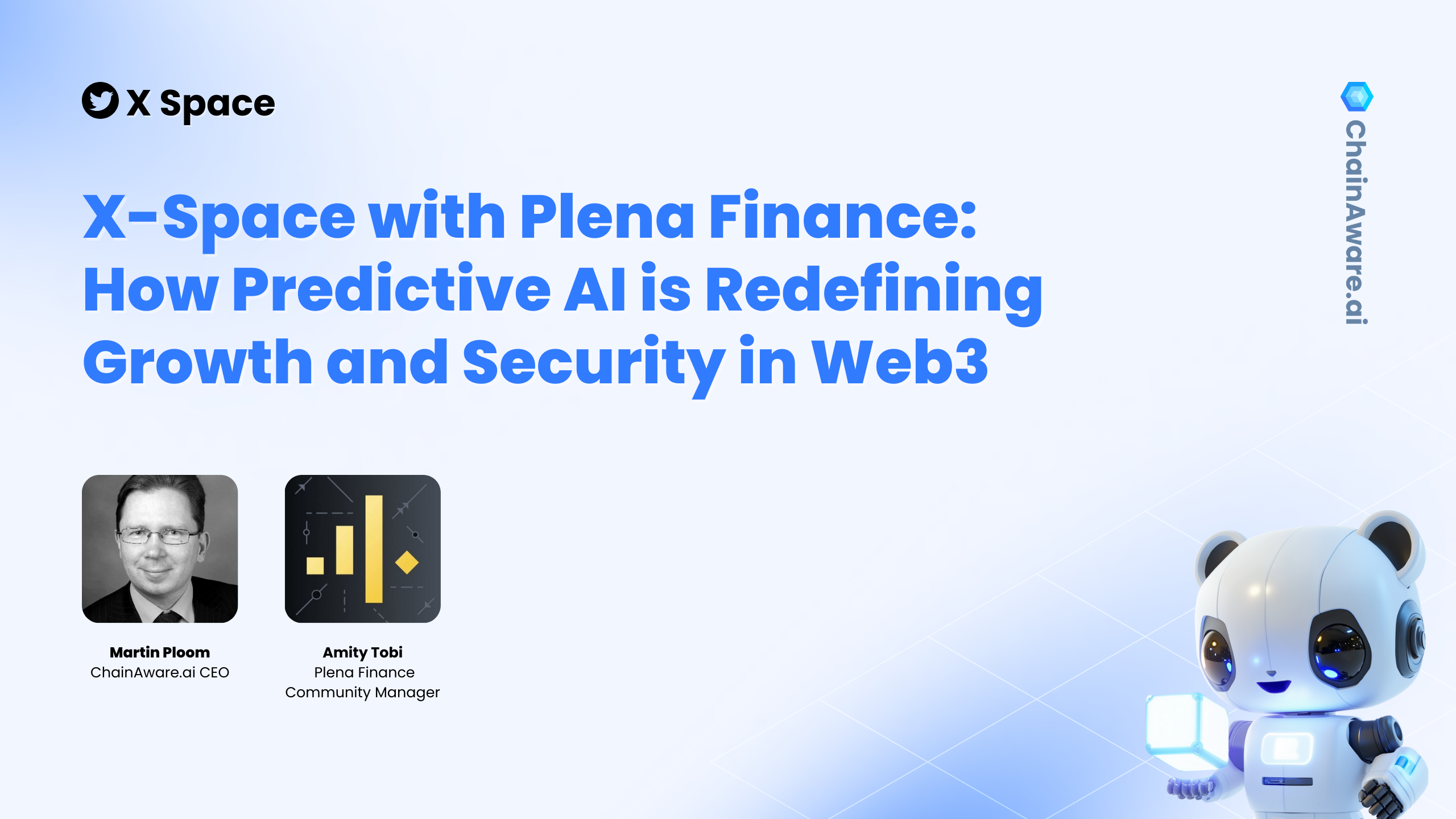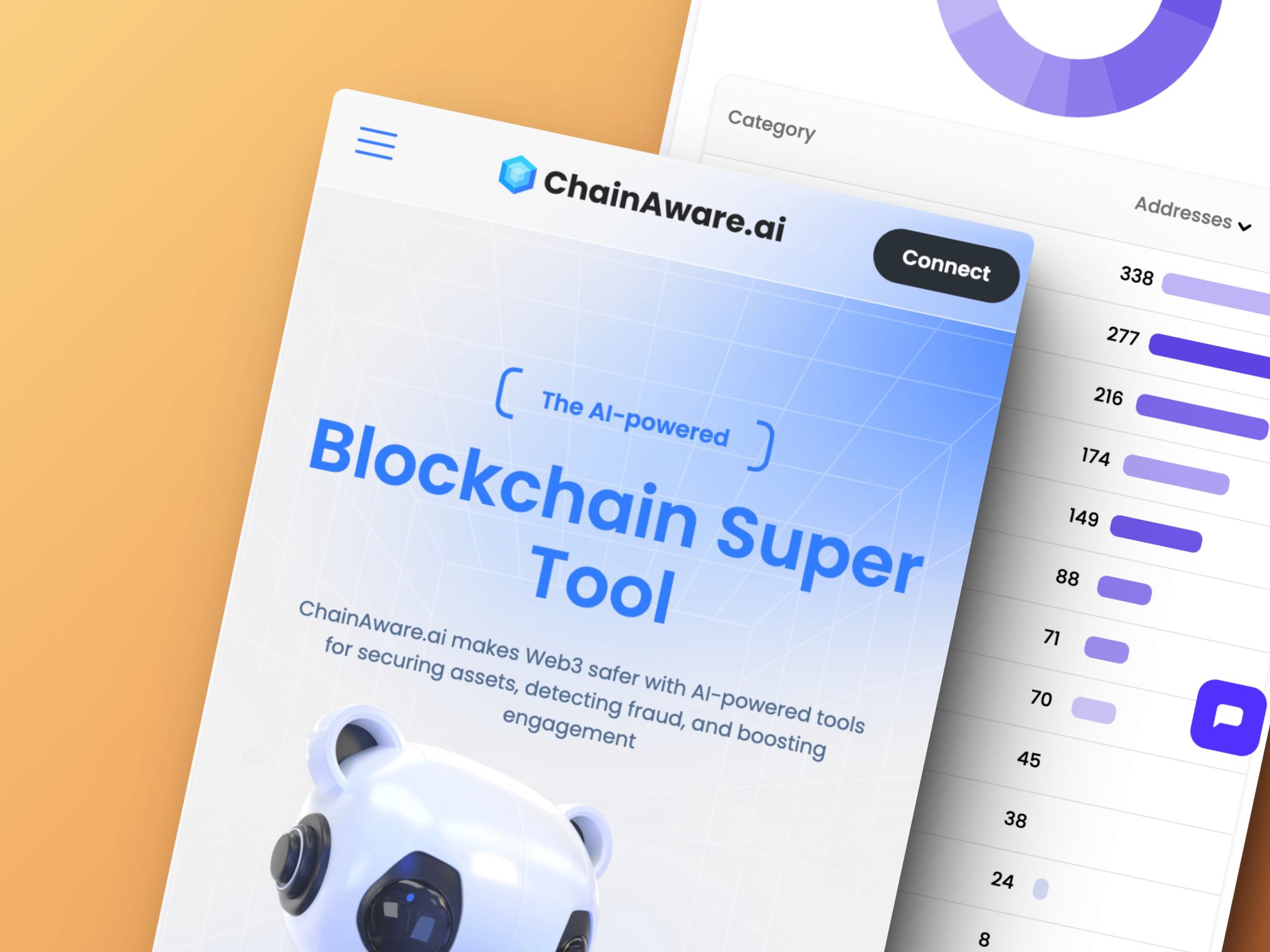Watch the full video: https://www.youtube.com/watch?v=6FZodfNmH1I
1. Introduction and Overview of the Session
The session introduces the topic of AGI (Artificial General Intelligence) and its relationship to Web3, led by Martin and Tarmo, co-founders of Chainaware.ai and SmartCredit.io. The discussion aims to clarify what AGI is, how it differs from current AI models like LLMs (Large Language Models), and explore the relevance (or irrelevance) of AGI within the Web3 ecosystem.
2. Defining AGI and LLM
AGI refers to a more advanced form of AI capable of reasoning and decision-making, akin to human intelligence. LLMs, like those used in ChatGPT, predict the next word in a sentence based on probability without understanding the context. LLMs are autoregressive models that use massive amounts of data to generate seemingly intelligent responses, but they lack true intelligence.
3. Limitations of LLMs
LLMs can only generate the most probable sequence of words and cannot explain why they respond the way they do. They lack logical reasoning and reflection, often producing incorrect or nonsensical answers, especially when faced with more complex problems. This inability to understand or rationalize their responses is a key limitation in using LLMs to build true AGI.
4. Understanding AGI: Key Components and Concepts
AGI involves a higher level of thinking and problem-solving that goes beyond simple prediction. It requires:
- Hierarchical Forward Planning: The ability to plan actions based on multiple steps ahead, much like how a chess player strategizes.
- Knowledge Graphs: Structured information about the real world that helps AI understand complex relationships (e.g., anatomy or machinery).
- Level 2 Thinking: The synthesis of information from different sources or contexts to create new ideas, which goes beyond the pattern recognition in LLMs.
5. Challenges and Misconceptions Around LLM and AGI
There’s a misconception that scaling LLMs will lead to AGI. LLMs are limited to level 1 thinking—simple responses without logical depth. Current trends in AI focus heavily on increasing the size of LLMs, but this approach doesn’t address the fundamental gaps in understanding required for AGI. Massive investments in LLMs may benefit corporations by automating repetitive tasks, but it won’t lead to the development of true AGI.
6. Combining AI Technologies for AGI Development
Achieving AGI requires integrating multiple AI technologies rather than solely relying on LLMs. Combining LLMs with:
- Knowledge Graphs: To give AI access to structured, real-world information.
- Monte Carlo Optimization: To improve decision-making in complex, dynamic systems.
- Graph Optimization Techniques: To solve problems in mathematics and logic. By connecting these technologies, AGI can perform more sophisticated, reasoning-based tasks.
7. AGI and the Role of Knowledge Graphs
Knowledge graphs are essential for AGI, as they encode real-world knowledge (e.g., how many wheels a car has or how many fingers a human hand has). These graphs provide the factual base for understanding and synthesizing new ideas. Without knowledge graphs, AI models often make simple errors, like generating images of people with extra fingers or answering basic logical questions incorrectly.
8. Current Trends and Overemphasis on LLMs
There is an overemphasis on LLMs, driven by the interests of big tech companies like Nvidia and Microsoft, who benefit from selling the hardware required for training large models. This leads to a focus on scaling LLMs rather than developing more efficient and innovative solutions for achieving AGI. The pursuit of AGI requires more than just bigger models—it demands a combination of various AI techniques.
9. The Potential Impact of AGI on Corporations and Innovation
AGI has the potential to bring massive innovation, particularly in specialized fields. However, the current focus on LLMs primarily benefits corporations by automating operational tasks and reducing costs, rather than fostering genuine innovation. In contrast, AGI would lead to disruptive innovation, requiring organizations to adapt to new models of thinking and problem-solving.
10. AGI in Web3: Misalignment and Challenges
The idea of building AGI in Web3 is largely a misconception. Blockchain technology and AGI development are not naturally aligned. Many projects claiming to integrate AGI into blockchain are either misguided or speculative. The complexity of AGI requires much more than decentralized data storage and processing, which is the focus of Web3.
11. AI and Blockchain Use Cases in Web3
The most relevant AI use cases in Web3 involve predictive AI rather than generative models. ChainAware.ai, for instance, uses AI to predict fraud, rug pulls, and user behavior based on blockchain transaction data. These predictive models offer real value by leveraging blockchain’s high-quality data, but attempts to integrate LLMs or AGI into Web3 lack practical utility.
12. Conclusion and Future Outlook
The future of AGI lies in the integration of multiple AI technologies, not the sole reliance on LLMs. While AGI could revolutionize industries through innovation, the current trend of focusing on scaling LLMs is misguided and primarily benefits corporations. For Web3, AI will continue to play a role in predictive analytics, but AGI development will remain outside of the blockchain ecosystem.

